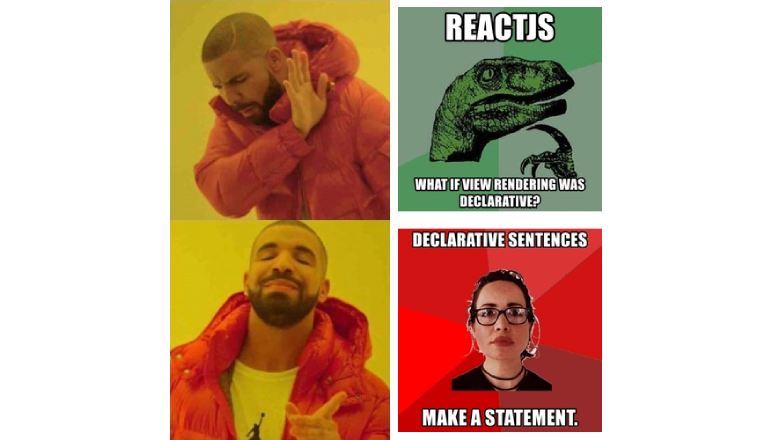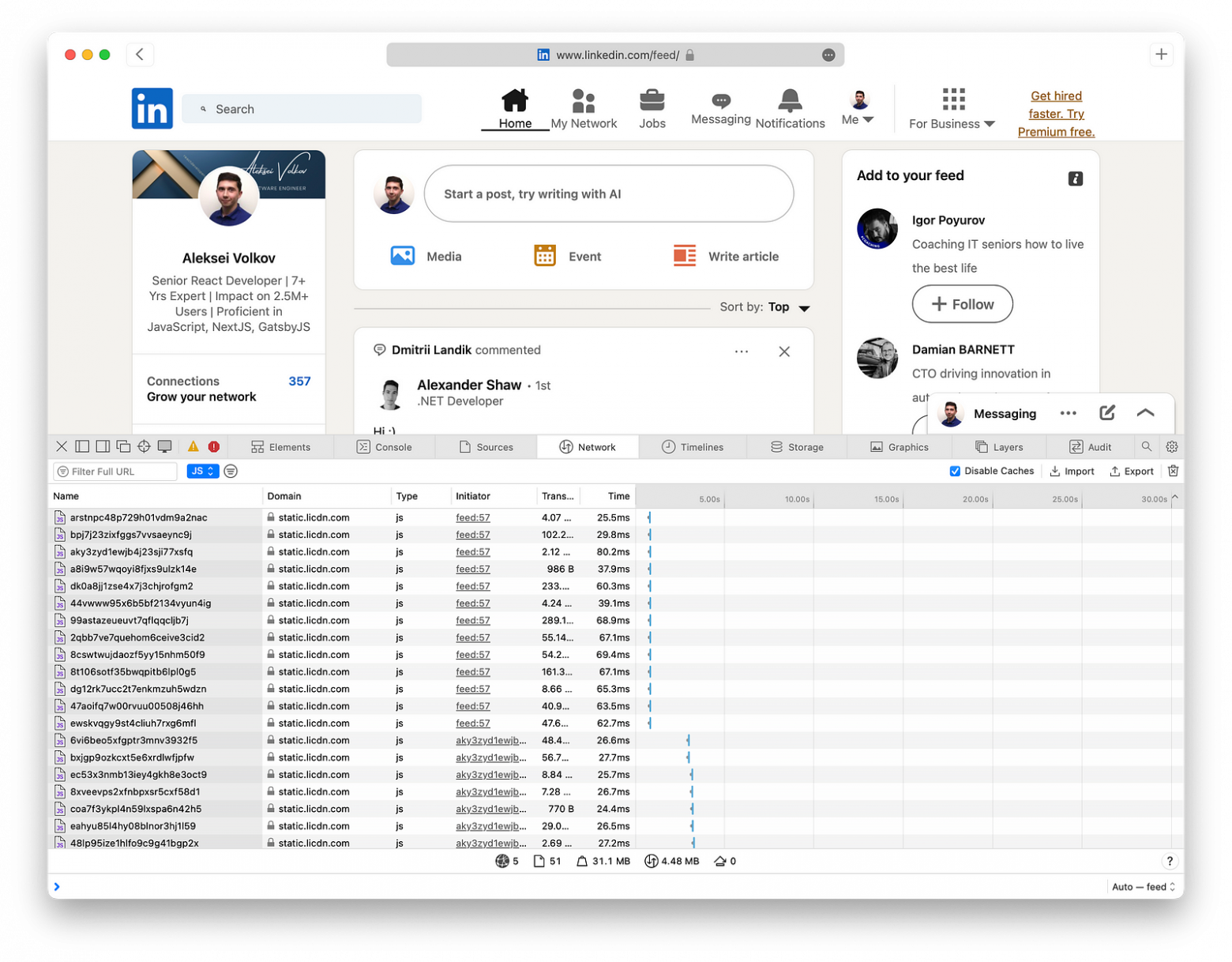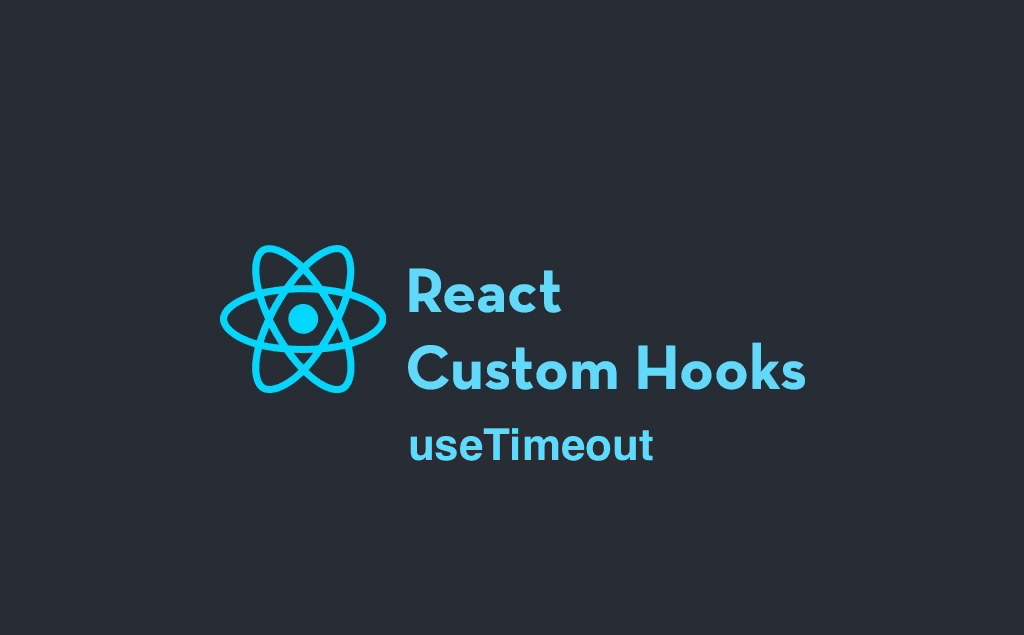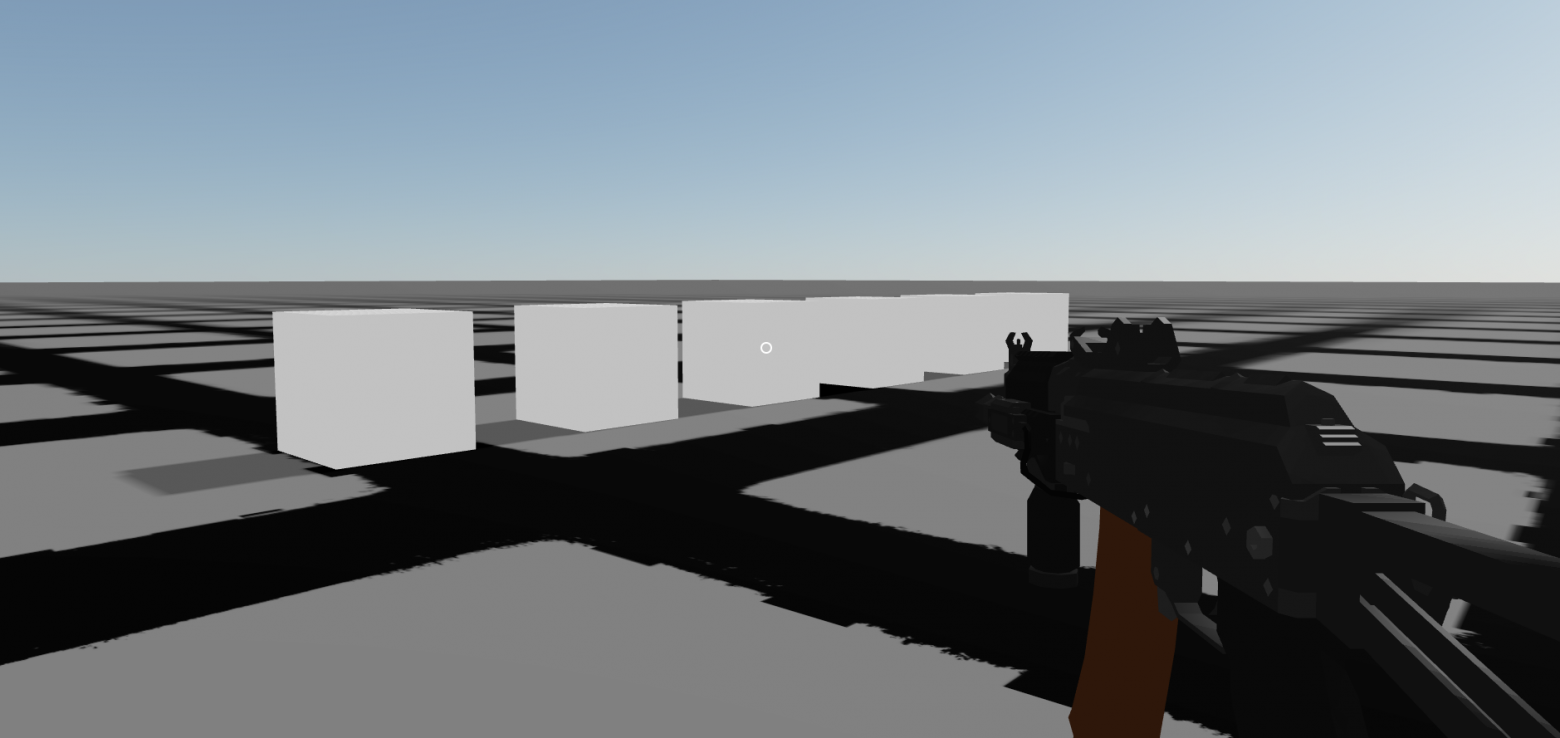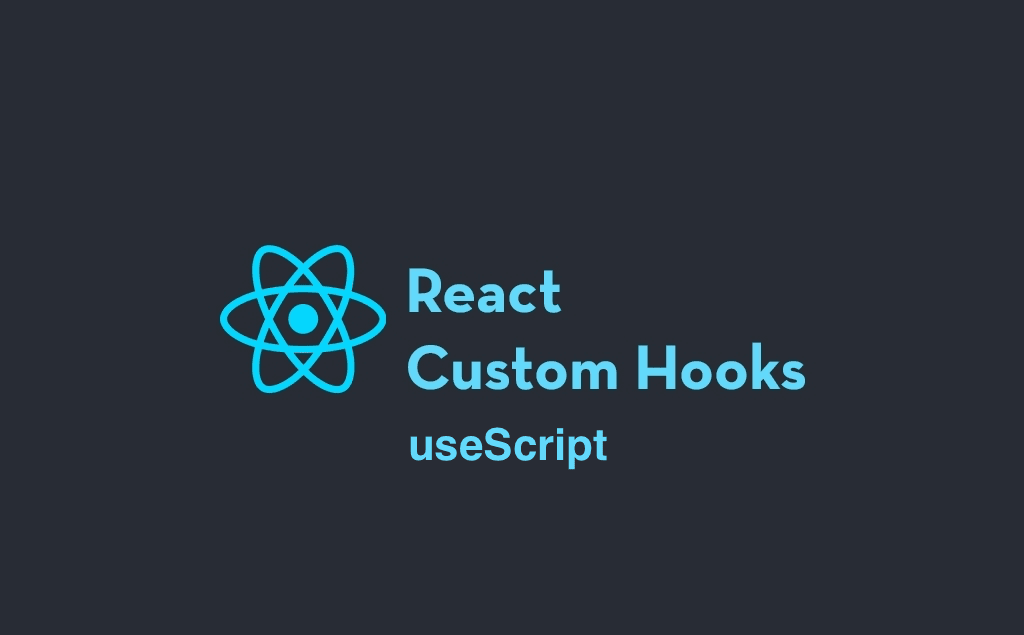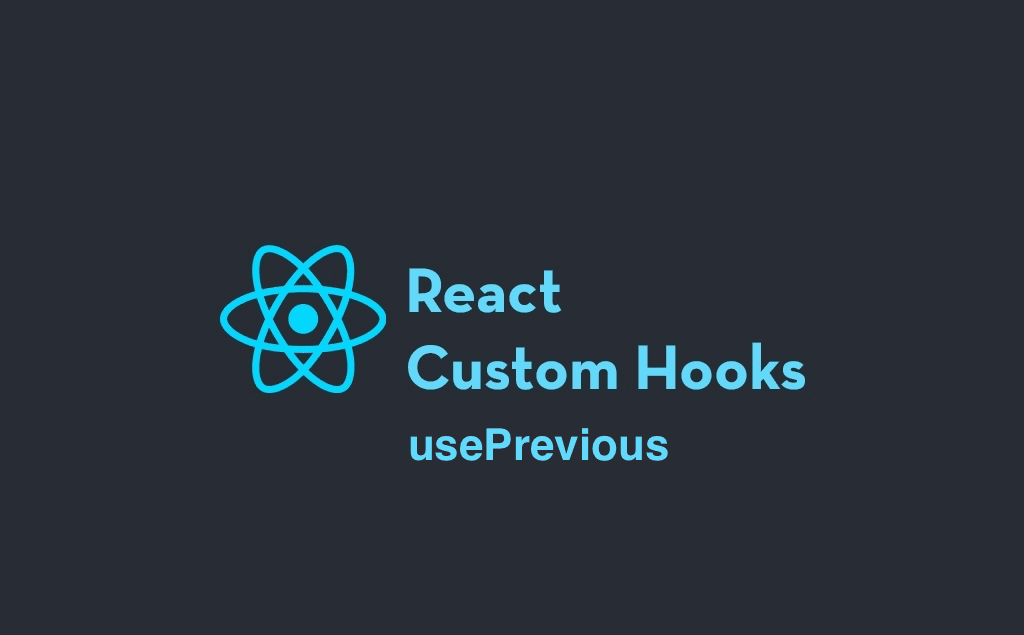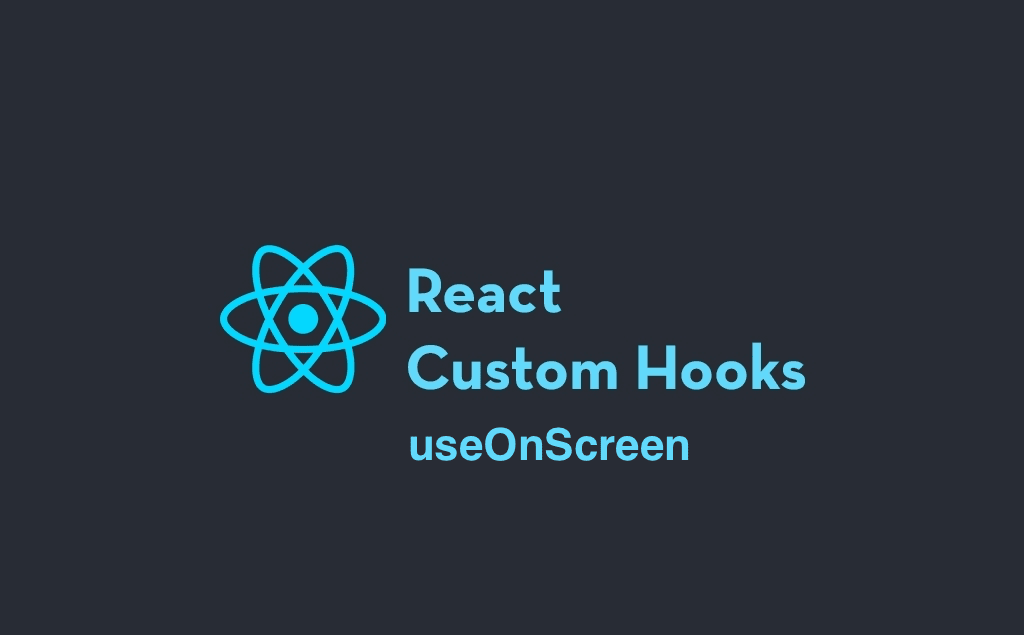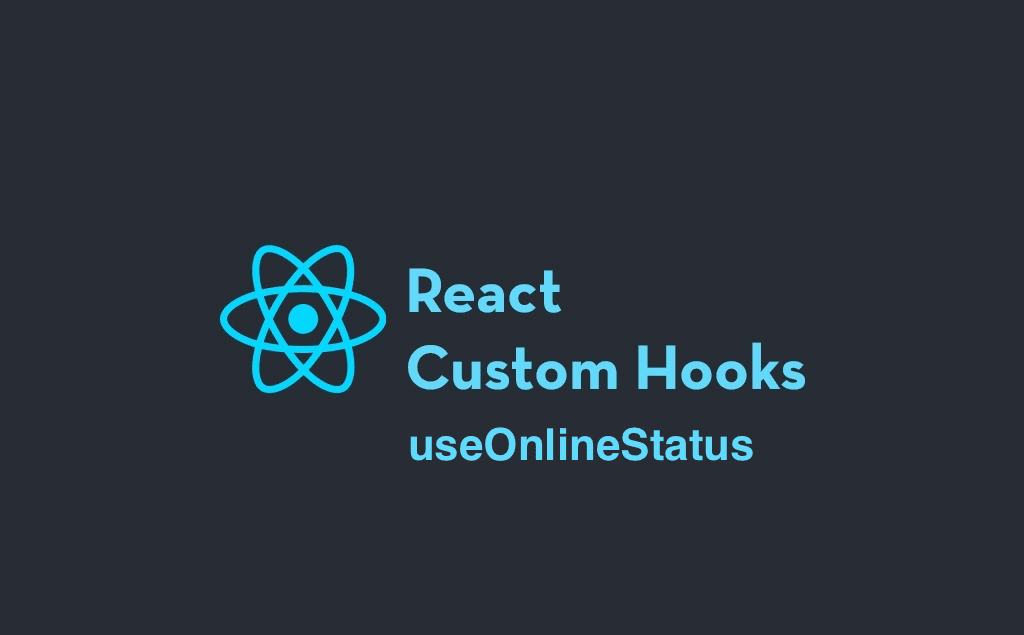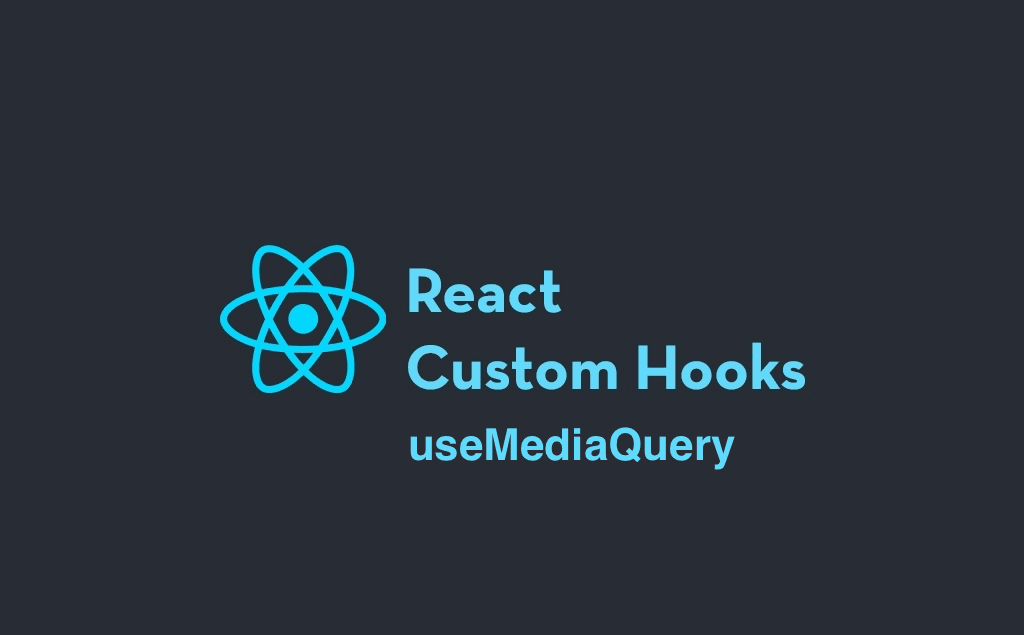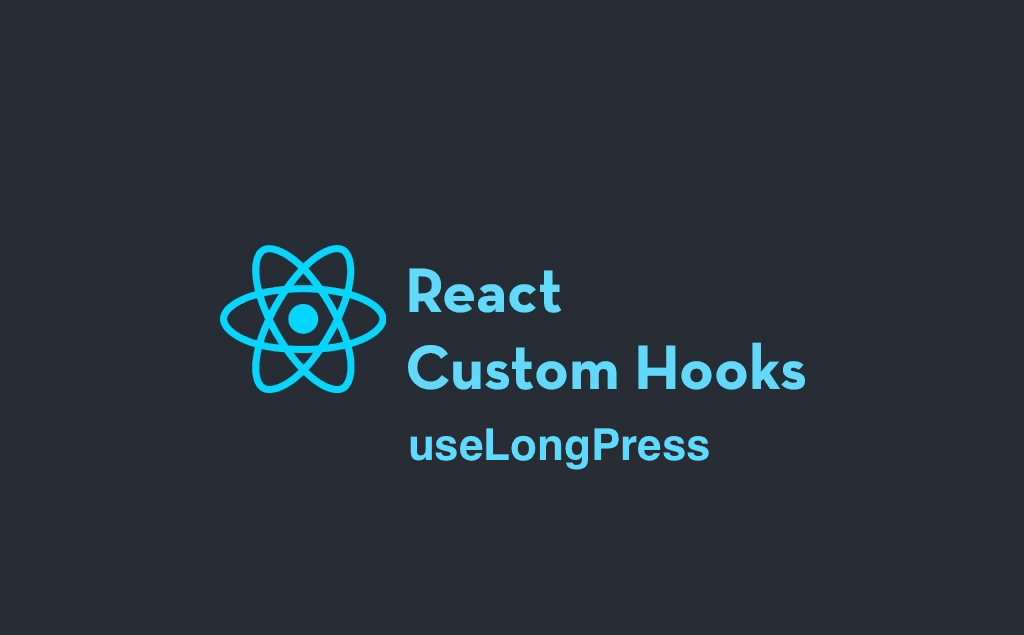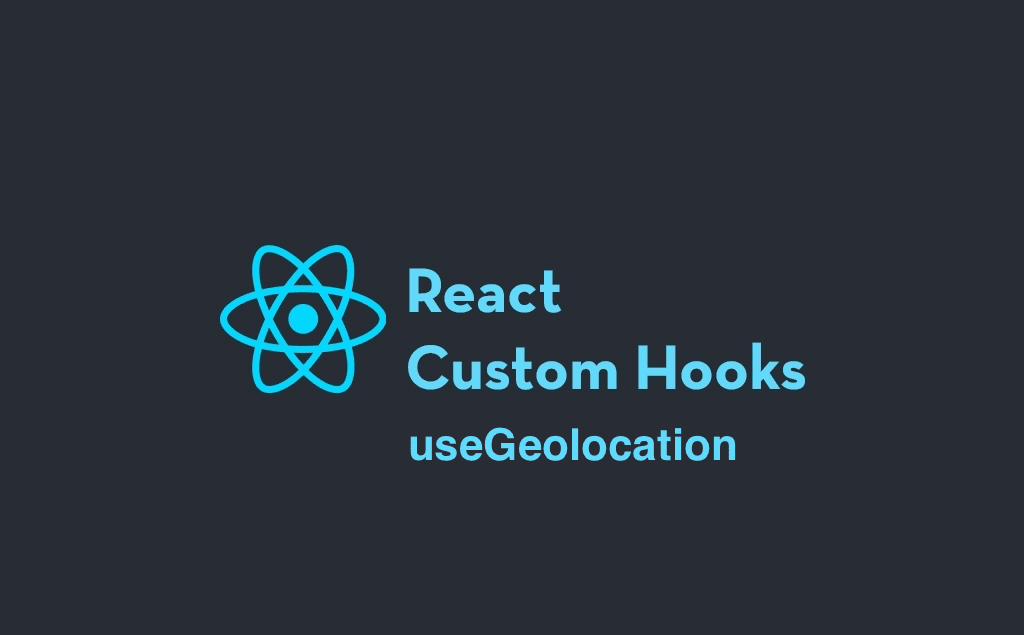
If you’re building a multilingual React Native (or web) app, you’ve probably tried react-i18next, i18n-js, LinguiJS, or similar libraries.
But in every project, the same issues come up:
❌ Unused key-value pairs are never removed
❌ Content gets duplicated
❌ Ensuring format consistency across languages is painful
❌ i18next doesn’t generate TypeScript types by default – so t("my.key") won’t throw even if it’s been deleted
❌ Localization platforms like Lokalise or Locize get expensive fast
Frustrated by these challenges, I waited for a better solution... then decided to build one myself: Intlayer.



